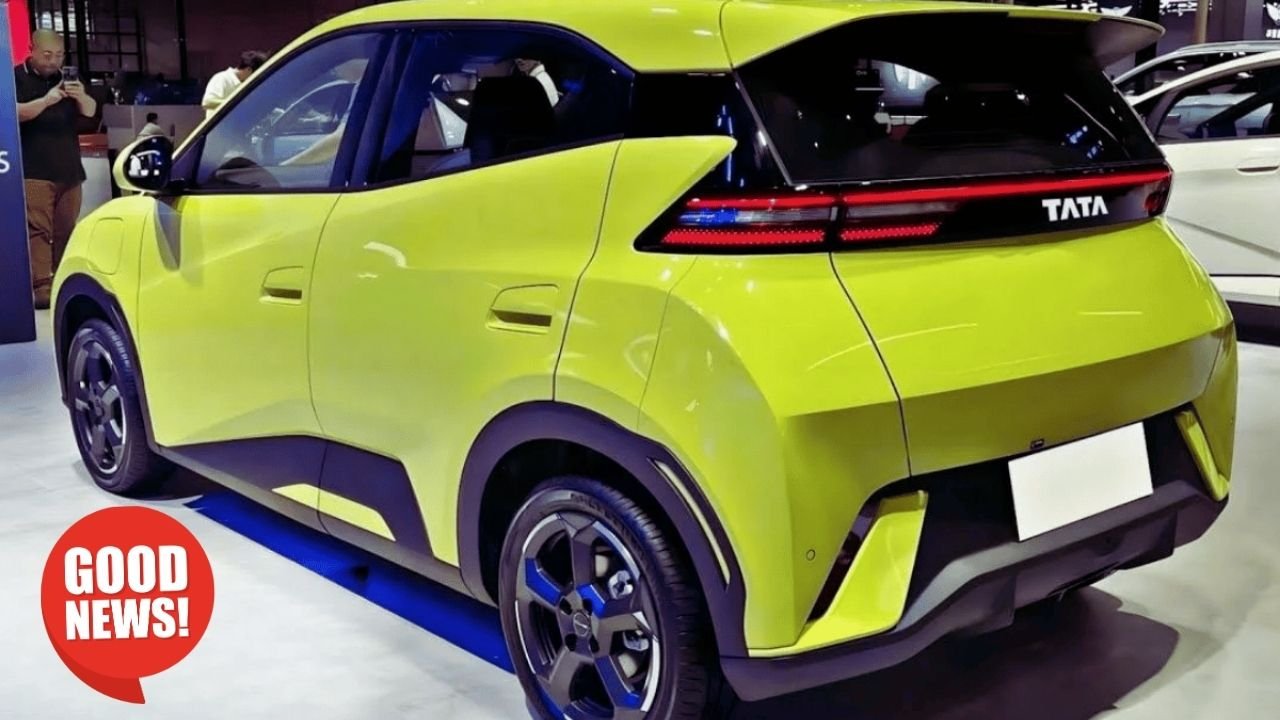Tata Nano Returns– Tata Motors has brought back the famous Nano car in a new electric form that costs 50 percent less than the old model. This affordable ride promises a range of 180 kilometers on a single charge and can hit a top speed of 140 kilometers per hour, making it perfect for city drives in India.
The original Tata Nano was launched years ago as the world’s cheapest car, aimed at families who wanted something simple and low-cost. Now, with rising fuel prices and a push for green vehicles, Tata has updated it to run on electricity. This new version keeps the small size that made the Nano easy to park in crowded streets, but adds modern features like quick charging. People in cities like Mumbai and Delhi might find it very useful for daily commutes without spending much on petrol. The company says this car will help reduce pollution and make owning a vehicle possible for more middle-class families.
Key Features and Performance
Under the hood, or rather the battery pack, this Nano has improvements that suit Indian roads. It comes with a lightweight body that helps it move smoothly even on bumpy paths. Safety gets a boost with basic airbags and better brakes, which were missing in the older model. For those worried about running out of power, the 180 km range means you can go from home to office and back without stopping to charge often. Plus, at 140 km/h top speed, it can keep up on highways too.
To give a clear picture, here are the main specifications in a simple table:
| Feature | Details |
|---|---|
| Price Reduction | 50% less than original |
| Range | 180 km per charge |
| Top Speed | 140 km/h |
| Body Type | Compact hatchback |
And for those interested in the tech side, another table shows the battery and charging info:
| Aspect | Specification |
|---|---|
| Battery Capacity | 20 kWh |
| Charging Time | 4 hours with home plug |
| Motor Power | 30 kW |
| Seating | 4 persons |
Why This Matters for Indian Buyers
Many remember the Nano as a dream car for the common man, but it faced issues like low sales before. This electric comeback could change that by being even cheaper, maybe starting at around one lakh rupees. In a country where electric scooters are popular, a four-wheeler at this price might attract first-time buyers. Experts think it will compete with bikes and auto-rickshaws for short trips. Tata is also planning to offer easy loans and service centers across small towns, which could make it a hit in rural areas too.
Looking ahead, this Nano fits into India’s goal of more electric vehicles by 2030. With government subsidies for green cars, the real cost could drop further. Drivers will enjoy low running costs, as electricity is cheaper than fuel. However, some might miss the old petrol engine’s sound, but the quiet ride is a plus in noisy cities. Overall, it’s a smart move by Tata to revive a beloved name with fresh ideas.
In tests, the car handled well in traffic and even on rough roads, showing it’s built for everyday use. Families with kids will like the space inside, though it’s still compact. If sales take off, we might see more such budget electric cars from other makers. This could be the start of affordable EVs for everyone in India.
